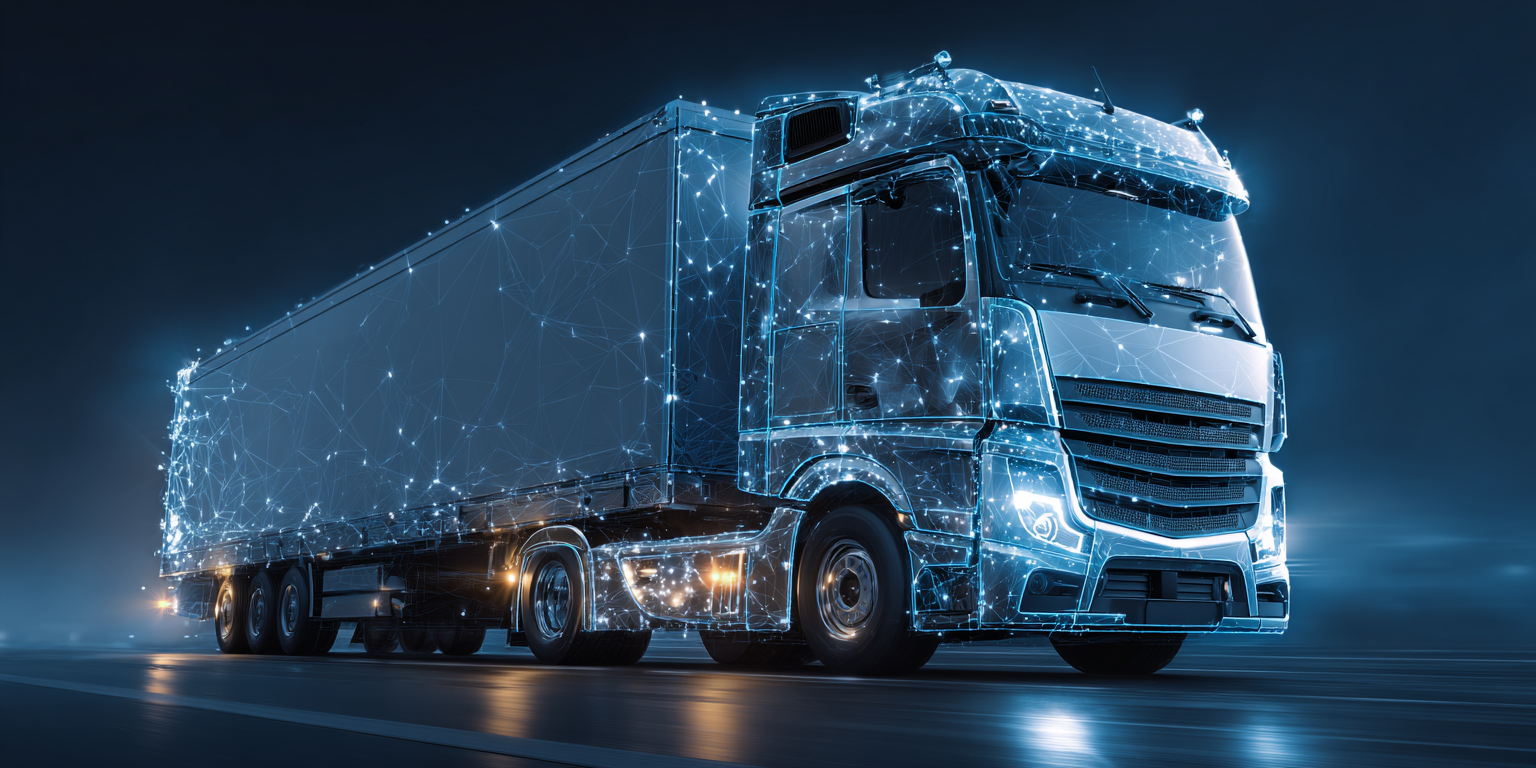Industrial IoT (IIoT) is moving rapidly from buzzword to boardroom priority. As enterprises look for smarter ways to improve efficiency, reduce downtime and drive innovation, the ability to connect and automate physical operations is becoming a strategic differentiator.
At its simplest, industrial IoT is about equipping machines, assets and infrastructure with sensors and connectivity, so that data can be captured and acted on in real time. But in practice, it’s much more than that. It’s about rethinking how operations are run; using data to predict, automate, and optimise across complex environments.
In this article, we explore what industrial IoT really means, the benefits it brings, and how organisations can lay the right foundations to deploy IIoT at scale.
What is industrial IoT?
Industrial IoT (IIoT) refers to the use of connected sensors and devices that capture data from industrial environments (like factories, supply chains, transport systems, power plants) and feed it into digital platforms for analysis and action.
It brings together operational technology (like machinery and control systems) with IT tools including cloud computing, edge processing and AI analytics. This results in a tighter link between the physical and digital worlds.
This connection gives enterprises the ability to monitor assets, spot issues before they cause downtime, fine-tune performance and respond more quickly to changing conditions.
Unlike consumer IoT, which focuses on household convenience, IIoT is designed for industrial scale and resilience, often in high-stakes, mission-critical environments. And the market is growing fast. In 2024, global industrial IoT spending reached $194.4 billion, with forecasts suggesting it will climb to $286.3 billion by 2029, driven by rising demand for smarter, more connected operations.
Often described as a core pillar of Industry 4.0, industrial IoT is key to building smarter, more agile operations; whether in manufacturing, transport, energy or beyond.
What are the benefits of industrial IoT for enterprises?
Industrial IoT gives organisations real-time visibility into their operations, helping teams work faster, smarter and with fewer surprises. The impact shows up in measurable ways, from uptime and efficiency to safety and sustainability.
Live operational insight
Sensors provide accurate, up-to-the-minute data on equipment status, environmental conditions, inventory levels and asset movement. With this visibility, teams can spot problems early and act quickly.
In logistics, for example, IIoT-enabled tracking can give full visibility of goods in transit, flagging delays, temperature breaches or route deviations in real time.
Increased efficiency and reduced downtime
Unplanned downtime carries high costs in industrial environments. IIoT helps reduce these losses by identifying signs of equipment stress or failure early, enabling planned maintenance before issues disrupt operations.
Manufacturing has been one of the earliest adopters of these capabilities, and today accounts for the second-largest share of the global IoT market, just behind healthcare. In capital-intensive industries, where machinery failure can halt production, even marginal efficiency gains can deliver meaningful returns.
Improved safety and regulatory compliance
In environments where safety and compliance are critical, IIoT offers an additional layer of protection. Sensors can track air quality, temperature, vibration, and other key indicators in real time, alerting teams when thresholds are crossed or conditions change.
This helps organisations shift from reactive reporting to proactive intervention. It also supports traceability and documentation. This is especially useful in highly regulated sectors such as energy, chemicals and utilities.
Better use of energy and resources
With rising energy costs and increasing pressure to decarbonise, understanding how resources are consumed is essential. IIoT enables organisations to monitor and optimise energy use, water consumption and material waste across facilities or supply chains.
A key enabler of this shift is the rapid growth of wireless sensors. The global market for these devices is projected to reach $16.1 billion by 2032, growing at a 12.3% annual rate, a sign that enterprises are investing in more flexible, scalable ways to track consumption and improve sustainability.
Key industrial IoT applications
Industrial IoT supports a wide range of use cases across sectors. Common applications include:
- Predictive maintenance
- Asset tracking and remote monitoring
- Energy optimisation
- Process automation and quality control
- Worker safety and compliance
- Real-time inventory and supply chain visibility
- Connected operations using edge computing
What makes industrial IoT work?
Successful industrial IoT relies on a tightly integrated technology stack, built for scale, security and performance in demanding environments.
Devices and connectivity
It starts with the physical layer. Sensors collect data from equipment, processes and infrastructure. Gateways move that data to where it’s needed, often from environments where reliability isn’t optional and performance must be consistent, regardless of conditions.
Connectivity fills the gap between data capture and action. For simple monitoring, Wi-Fi or LPWAN may suffice. But for time-sensitive processes, like automated manufacturing or dynamic transport systems, private 5G offers the low latency and high availability required to keep things moving.
Data processing and insights
The real value of IIoT lies in what happens after the data is captured. Edge computing processes data close to where it’s generated, enabling faster decisions and reducing the load on core systems. Cloud platforms complement this with scale, storage and enterprise-wide intelligence.
IoT platforms sit in the middle: managing devices, integrating with wider systems and unlocking insight through analytics and AI. This is what turns raw data into outcomes, allowing for smarter maintenance, sharper resource use, faster problem-solving.
Our IoT solutions provide secure, scalable infrastructure to support this full stack, from device connectivity to edge and cloud integration. Its solutions are built to meet the demands of mission-critical environments, helping enterprises deploy IIoT with confidence.
Challenges and considerations for enterprise adoption
Industrial IoT can deliver clear operational value, but achieving that at scale requires more than just the right technology. Organisations need a structured approach, secure foundations and alignment across systems and teams.
1. Define clear objectives
Every deployment should start with a business need. Whether the focus is reducing downtime, improving safety or managing energy use, IIoT initiatives must support specific, measurable outcomes.
2. Address legacy infrastructure early
Many industrial systems were not built to connect. Bridging the gap between existing equipment and modern IoT platforms may require middleware, retrofitting or phased upgrades. Planning for integration from the outset avoids delays later on.
3. Build secure, scalable infrastructure
IIoT environments handle sensitive operational data, making cybersecurity a core requirement. End-to-end protection, from device authentication to secure cloud environments, must be in place from the beginning. Networks also need to scale reliably across different locations, including high-risk or remote sites.
4. Prioritise open systems and flexibility
Vendor lock-in can slow future expansion. By choosing open standards and vendor-neutral platforms, organisations retain flexibility and support long-term growth without needing to re-architect core systems.
5. Plan for adoption, not just implementation
Successful IIoT isn’t only about technology. It depends on engagement across teams, from leadership to frontline operators. Skills development, clear communication and visible early wins, like predictive maintenance or asset tracking—can help secure buy-in.
6. Design for long-term scale
Pilots are useful, but they must lead somewhere. Standardised data models, modular architecture and cloud-native platforms help ensure deployments can scale efficiently as requirements evolve.
How Three Group Solutions helps
With proven expertise in enterprise-grade connectivity and digital infrastructure, Three Group Solutions enables organisations to deploy IIoT at scale, securely, flexibly and with the resilience needed for mission-critical environments.
Contact us or explore our IoT solutions to learn more about enterprise-ready IoT infrastructure that drives performance, resilience and innovation.
Conclusion
Industrial IoT is no longer emerging, it’s established, and its impact is growing. From predictive maintenance and energy efficiency to automation and real-time visibility, IIoT is helping organisations improve performance across operations.
But results don’t come from technology alone. Long-term success depends on clear business goals, secure and scalable infrastructure, and alignment across systems and teams. With the right strategy and the right partners, enterprises can turn connected operations into a competitive advantage.




